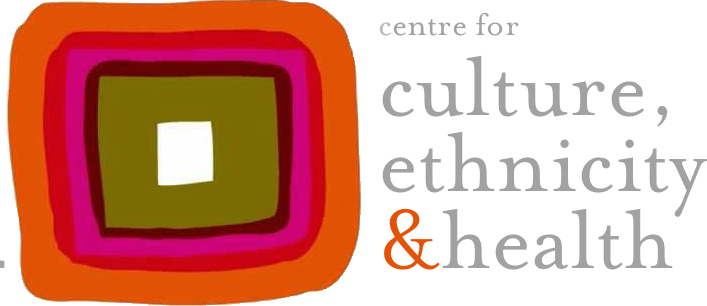1994 - 1999 Highlights

1994 – A model for ethnic health audits in hospitals
CEH developed a model for conducting Ethnic Health Audits within hospitals on the basis of ‘Working with people from non-English speaking backgrounds: Guidelines for health agencies’ (Victorian Department of Health and Community Services, 1992). The model applies range of research methods. Organisational data is gathered through a Survey Questionnaire for ...
Read More
Read More

1994 – Achievements
503 community members participated in research projects and consultations undertaken by the Centre 809 clients from a range of sectors accesses information services 900 people participated in education and training activities 1799 new items were added to the specialist library collection 5000 copies of the Healthy Teeth Colouring-in Book was distributed ...
Read More
Read More
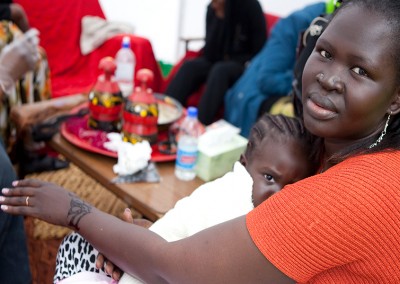
1994 – Cultural attitudes around organ donation
Exploring the attitudes towards organ donation among ethnic communities was the focus of collaborative research between CEH and the Department of Social and Preventative Medicine, Monash University. The study was funded by the Kidney Foundation and reflected the need to understand the reason for the low rate of organ donation ...
Read More
Read More

1994 – Determining general awareness of Tuberculosis
The Victorian Department of Health and Community Service (DH & CS) Health Protection Section (Public Health Branch) commissioned CEH to conduct focus group discussions with four ethnic communities. The purpose of these groups was to determine the general awareness of TB within the community, to ascertain the best way of ...
Read More
Read More
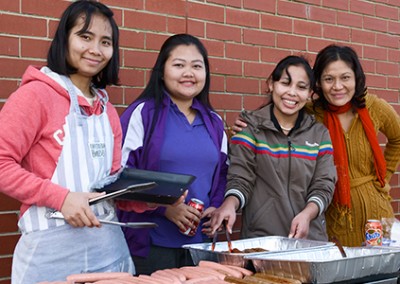
1994 – Our vision
To achieve better health policy, planning and service outcomes for culturally diverse communities by working collaboratively across sectors and providing flexible and integrated services driven by a commitment to excellence ...
Read More
Read More
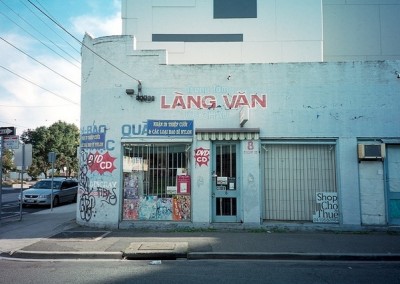
1994 – Raising awareness of epilepsy
Focus groups discussions with a total of 38 members from Melbourne’s Vietnamese community were conducted to pilot a proposed Epilepsy Awareness Campaign targeting non-English speaking background communities. The outcomes of the discussions provided an enhanced understanding of cultural issues and a range of recommendations regarding health promotion strategies ...
Read More
Read More

1994 – Attitudes and behaviours in injecting drug users
The Vietnamese Intravenous Drug Use Study is a collaborative project between the Macfarlane Burnet Centre for Medical Research, North Richmond Community Health and CEH. The study began in late 1994 and aimed to explore the knowledge, attitudes and behaviours related to – and prevalence of – human immunodeficiency virus (HIV), ...
Read More
Read More
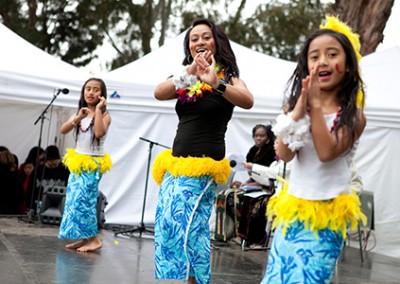
1995 – Achievements
700 community members participated in research and health awareness projects 995 people participated in the professional education and training programs 1048 individuals and organisations accessed information services 43 bilingual and cross cultural consultants were engaged to undertake projects and consultancies ...
Read More
Read More

1995 – Best practice: Shared care birthing services and cultural diversity
The aim of the project was to identify benchmarks of best practice through the development of shared care birthing services between St George’s Hospital/Inner Easter Geriatric Centre and North Richmond Community Health. Together with La Trobe University, CEH acted as a consultant to the project assisting in the development of ...
Read More
Read More

1995 – Perceptions and attitudes towards the contraceptive Pill
The project explored women’s perceptions and attitudes towards the contraceptive Pill. This was to help inform the development of a culturally appropriate Information Booklet on this method of contraception in five community languages. A total of 73 community members participated in the focus group discusses conducted in five community languages ...
Read More
Read More
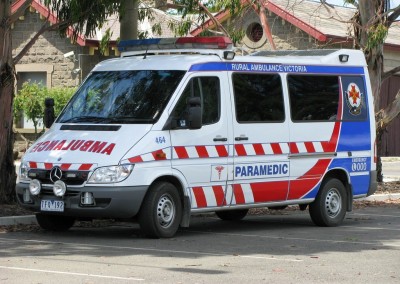
1996 – Working with Victoria’s ambulance services
In September in 1996, CEH was invited by the Department of Human Services Victoria to conduct a half-day workshop with CEOs and other key managers representing ambulance services in Victoria. The sessions resulted in the incorporation of cross cultural training across all levels of training programs run at the Ambulance ...
Read More
Read More

1997 – Child health record evaluation
The main objective of this project was to evaluate the use of the Child Health Record (CHR) in selected communities to ensure quality usage of the book by consumers from culturally and linguistically diverse backgrounds. The sample size for the whole project was 362 participants The main aims of the ...
Read More
Read More
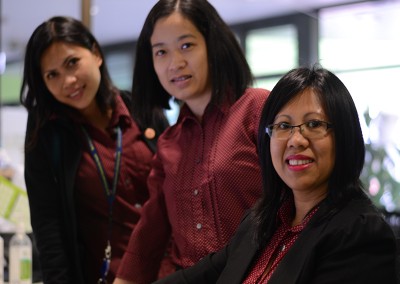
1997 – Working with diversity training
CEH was engaged by the Victorian AIDS Council/Gay Men’s Health Centre to conduct a series of cross cultural training sessions entitled Working with Diversity. The sessions were designed as an introduction to raise awareness about the centrality of culture and issues of diversity when working in the area of sexuality and ...
Read More
Read More
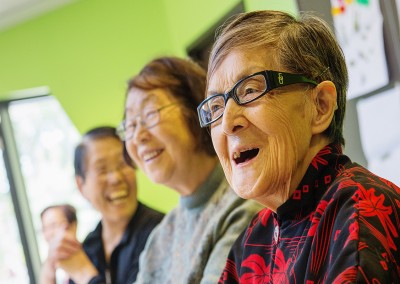
1998 – Getting active for life across cultures
How do you get a message about the importance of regular physical activity to people of different cultural and ethnic backgrounds? Improving the understanding of how to deliver this important message was the aim of a Melbourne pilot study into the cultural beliefs and attitudes towards physical activity of those ...
Read More
Read More

1998 – We are no longer an island separate from the rest of the world
‘We are no longer an island separate from the rest of the world by the tyranny of distance’. Technology, the forces of globalisation, and our ability to expand into new markets have deemed that Australia play a vital role in the global village. Our multicultural makeup can only benefit us ...
Read More
Read More

1999 – Milestone – our fifth year
The Centre’s work and presence has expanded considerably in the area of public health and health promotion. Our involvement covered issues in ranging from food and nutrition, and physical activity to diabetes and drug use in particular communities. The information services continued to build on its loyal client base by ...
Read More
Read More
